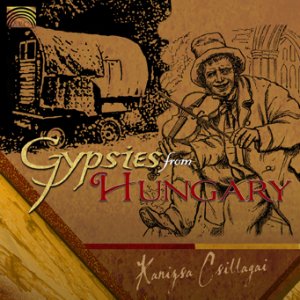To jest tylko fragment strony. |
Kanizsa Csillagai
GYPSIES FROM HUNGARY
ARC Music
CD czasowo niedostępne | ||
|
| |
The Boyash is a distinct group of gypsies found in Hungary, forming about eight percent of the Hungarian gypsy population. Their language, an archaic Romanian, is different from the other gypsy groups. Their music and musical tradition show stronger Romanian influences than Hungarian ones, using in particular polyphony. Kanizsa Csillagai, "The Star of Kanizsa," was created in 1993. They play typical Boyash music, with influences from other gypsy groups, two of the members of the group being Lovara gypsies. Those who know the music of gypsy Romanian groups such as Taraf des Haďdouks will instantly hear the Romanian character of their music, yet different. A lively and delightful music.
skład zespołu:
Zoltán Horváth - vocals, guitar, dance
Ibolya Havasi-Horváth - vocals, dance
Sándor Horváth - vocals, tambura (long-necked lute)
Attila Havasi - pitcher (mouth-bass), dance
Vendel Orsós - vocals, dance, wooden spoons
go¶cinnie:
Antus Vizin - accordion
Lázló Szatmári - strings, cimbalom
